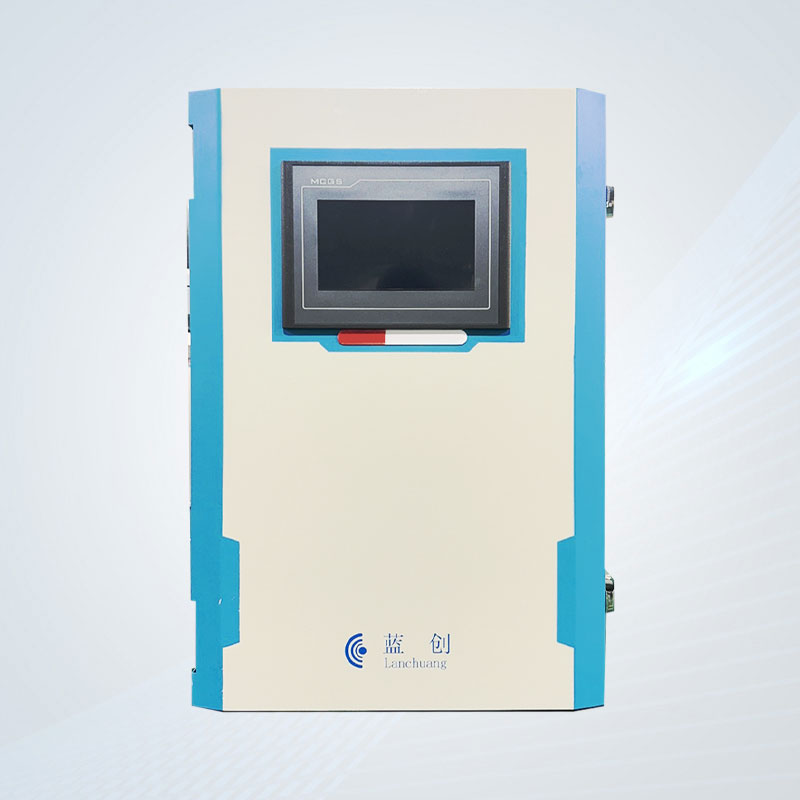Analysis of the Core Functions and Technologies of Data Acquisition and Transmission Instruments in Environmental Monitoring
Release time:2025-09-17
Visits:583
As the core equipment for environmental monitoring and online monitoring of pollution sources, the data acquisition and transmission instrument undertakes the important responsibilities of standardized data management and real - time data transmission. Through its intelligent hardware architecture and standardized communication protocols, it realizes seamless docking between on - site instruments and environmental protection monitoring platforms, providing reliable data support for environmental supervision.
I. Core Functions and Application Values
1. Multi - source Data Integration
The device integrates digital channels, analog channels (4 - 20mA), and switch - quantity input/output interfaces, and can access various sensor signals such as temperature, pressure, and flow. It is compatible with monitoring instruments from different manufacturers. By using unified environmental protection industry standard protocols such as HJ/T212 - 2005 and HJ477 - 2009, it solves the problem of chaotic data interfaces and realizes standardized management of pollution source monitoring data across the province.
2. Intelligent Processing and Storage
Equipped with an industrial - grade processor and an embedded operating system, it supports data filtering, amplification correction, and statistical analysis (such as calculating averages and extreme values). The built - in high - capacity storage medium can store historical data and operation logs for more than five years. The data can still be completely retained after a power outage, meeting the requirements for traceability in environmental law enforcement.
3. All - weather Transmission Guarantee
It supports hybrid networking of GPRS, 4G, NB - IoT, VPN, and wired networks, and is equipped with redundant transmission and one - to - multiple transmission technologies. The built - in lithium battery can maintain operation for 6 hours during a power outage. Combined with the breakpoint resume function, it ensures that data is not lost in extreme environments.
II. Key Technical Features
1. High - reliability Hardware Design
It uses a reinforced protective structure and wide - temperature operating components to adapt to the complex environment of industrial sites. The multi - channel signal calibration technology can improve the accuracy of analog data acquisition to 0.1%, ensuring the legal validity of monitoring data.
2. Remote Operation and Maintenance and Expansion Capability
It provides a Web remote access interface, supporting firmware upgrades, parameter configuration, and device status monitoring. It reserves expansion ports such as RS232/485 and LoRa, facilitating the connection of third - party devices or secondary development to meet the iterative needs of the smart environmental protection system.
3. Security Protection Mechanism
It integrates a data encryption module and a hierarchical permission management system to prevent illegal tampering. Through dual - channel backup of Beidou satellite communication, it can still maintain the basic data transmission ability when the public network is interrupted.
III. Typical Application Scenarios
This device is widely used in fields such as online monitoring of wastewater and waste gas, automatic water quality stations in river basins, and pollution prevention and control in industrial parks. In the urban environmental protection
monitoring network, it can realize real - time data synchronization among enterprises, operation and maintenance units, and the three - level environmental protection platform, providing key basis for over - standard early warning, total amount control, and emergency decision - making. In industrial automation scenarios, it can also be used for energy management systems and production process monitoring, demonstrating its adaptability to multiple industries.
With the integration of 5G and edge computing technologies, the new - generation devices are developing towards low - power consumption and high - density data acquisition. In the future, through pre - installed AI algorithms, autonomous diagnosis and early warning of abnormal data will be realized, further enhancing the intelligent level of environmental supervision.




